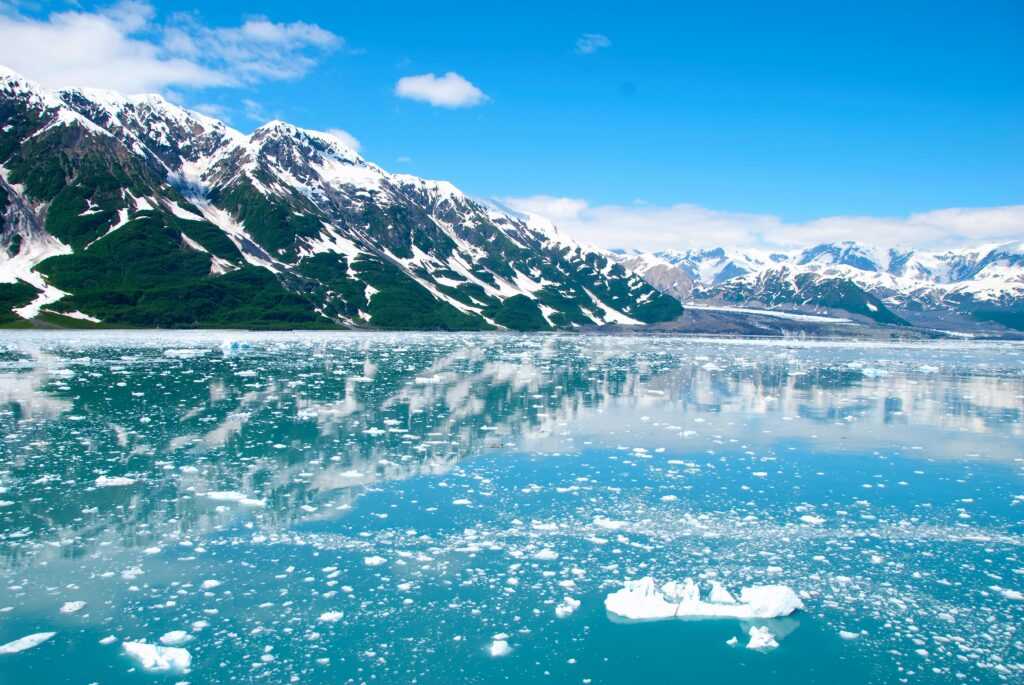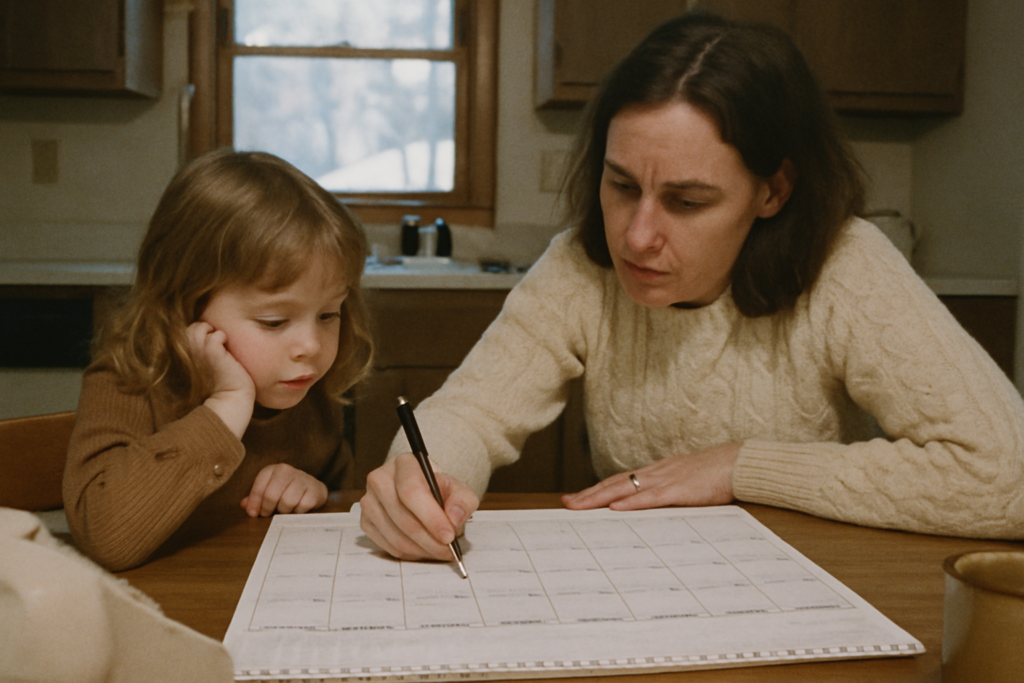Alaska holds a special magic for families looking to create unforgettable memories together. The vast wilderness, towering glaciers, and incredible wildlife make it a perfect destination for dads wanting to share adventure with their children. While some might worry that Alaska’s rugged landscape is too challenging for kids, the truth is quite different.
With proper planning and the right mindset, exploring Alaska with children becomes an amazing bonding experience that teaches them about nature, resilience, and wonder. The key lies in choosing family-friendly activities and keeping expectations realistic while embracing the unexpected moments that make trips truly special.
Planning Your Alaskan Family Adventure
Smart planning makes all the difference when traveling to Alaska with kids. Start by choosing the right time of year – summer months from June to August offer the warmest weather and longest daylight hours, perfect for families. Pack layers of clothing since Alaskan weather changes quickly, and don’t forget waterproof gear for everyone.
Book accommodation that welcome families and consider staying in places with kitchenettes to prepare familiar meals for picky eaters. Research family-friendly tour operators who specialize in activities suitable for children’s attention spans.
Glacier Watching That Wows Young Minds
Nothing captures a child’s imagination quite like watching massive chunks of ice crash into the ocean. Glacier viewing offers incredible teaching moments of climate, geology, and the power of nature. Many glacier tours operate with a cruise format that keeps kids comfortable while providing spectacular views of these ancient ice formations.
Choose viewing platforms or boat tours that offer multiple vantage points, as children often need to move around to stay engaged. Bring binoculars sized for small hands and encourage kids to listen to the thunderous sounds glaciers make when they calve. Pack snacks and warm drinks, as glacier viewing can take several hours, and the cool air near ice formations might surprise families expecting typical summer weather.
Wildlife Encounters That Create Lasting Memories
Alaska’s wildlife provides endless entertainment for curious children, from massive brown bears to playful sea otters. Visit wildlife viewing areas during peak activity times, typically early morning or evening when animals are most active. Bring a good camera with zoom capabilities since maintaining safe distances from wildlife is essential for both safety and conservation.
Teaching children about respecting wildlife habitats becomes a valuable life lesson during these encounters. Many parks offer junior ranger programs that engage kids with hands-on activities while learning about local ecosystems. Pack patience along with your gear, as wildlife viewing requires quiet waiting that can challenge energetic children, but the payoff of seeing a whale breach or an eagle soar makes it worthwhile.
Making Memories While Staying Safe
Safety considerations become even more important when exploring Alaska’s wilderness with children. Always inform someone about your planned activities and expected return times, especially for hiking or remote area visits. Carry emergency communication devices and know how to use them properly.
Dress everyone in bright colors to maintain visibility and establish clear boundaries about staying close to adults. Teach children about potential hazards like uneven terrain, cold water, and wildlife encounters before heading out. Create a simple emergency plan that kids can understand and remember.
Conclusion
Exploring Alaska with children creates memories that last lifetimes and instills a deep appreciation for nature’s incredible power and beauty. The combination of stunning landscapes, amazing wildlife, and unique experiences helps families bond while discovering new perspectives together.
While planning and preparation are essential for success, the real magic happens in those spontaneous moments when a child spots their first bald eagle or watches a glacier calve into the sea. Alaska teaches both parents and children about resilience, wonder, and the importance of preserving wild places for future generations.





